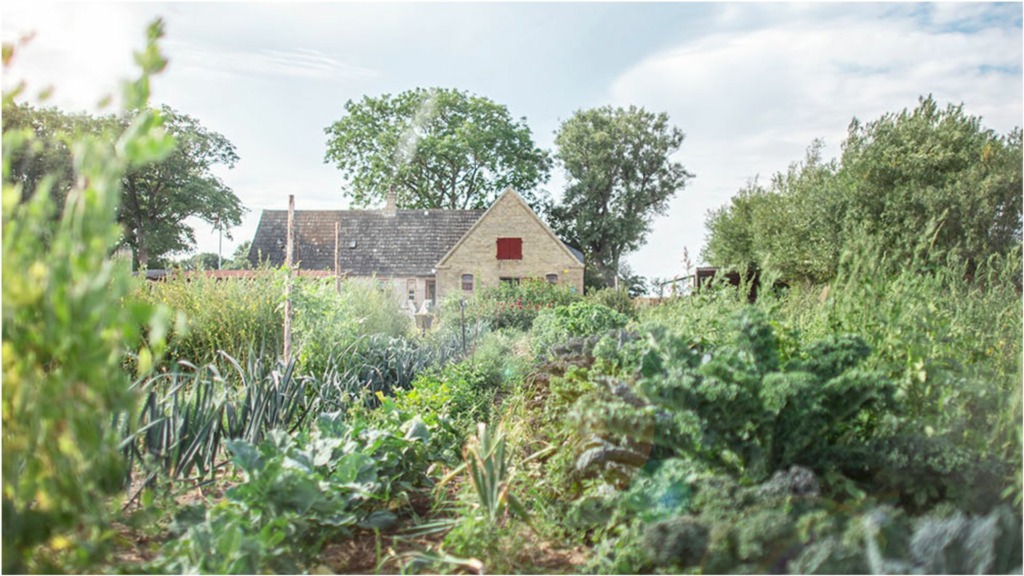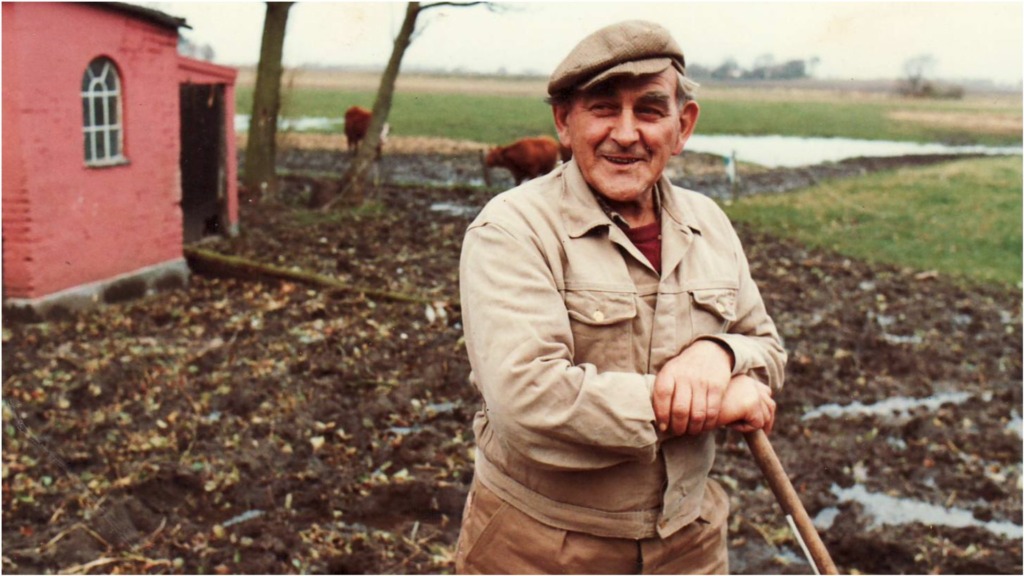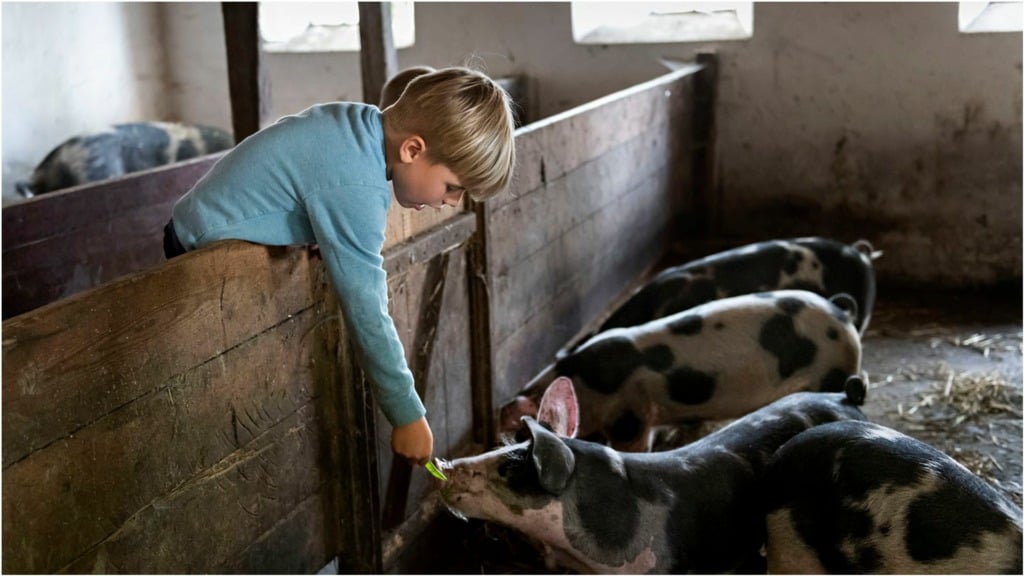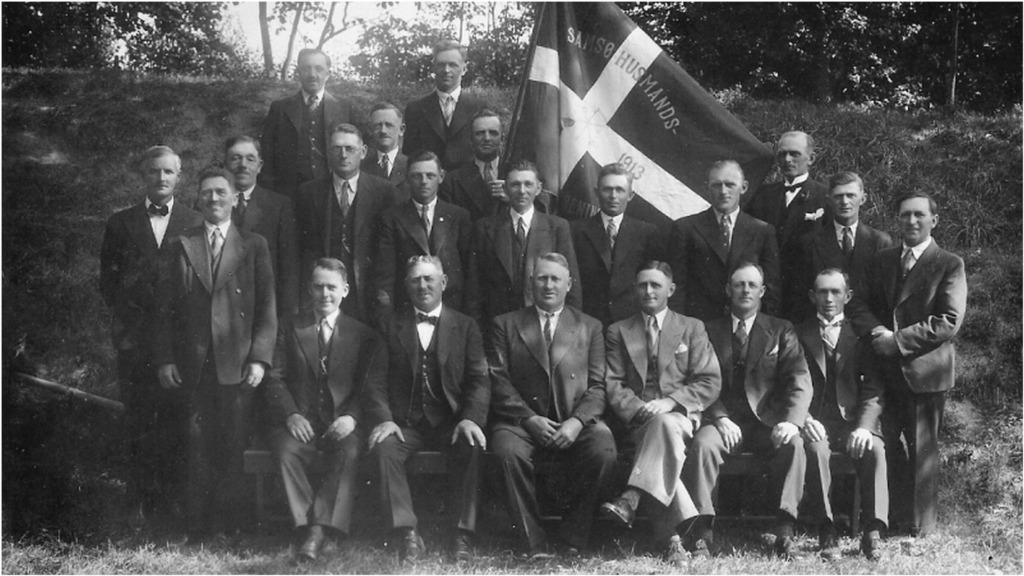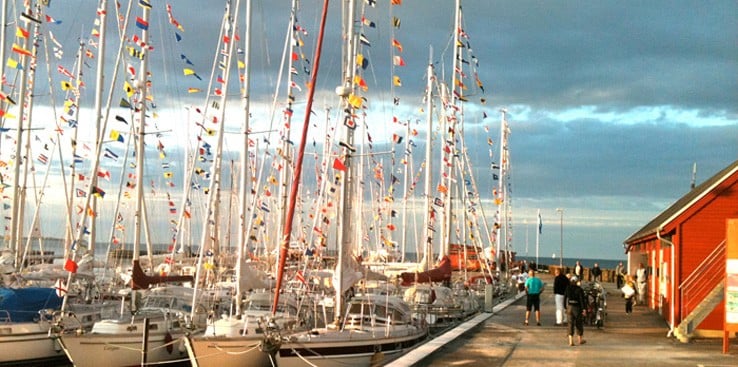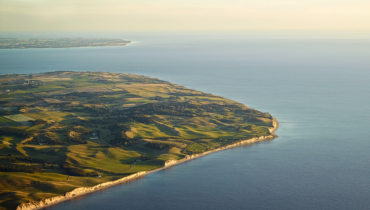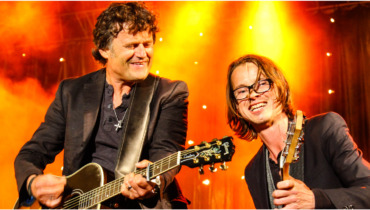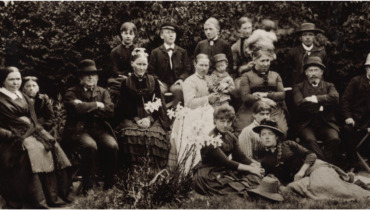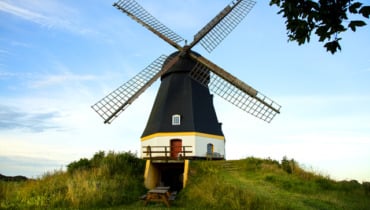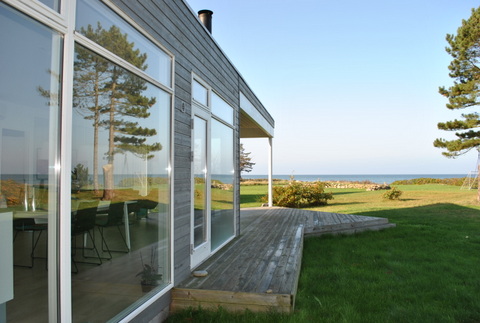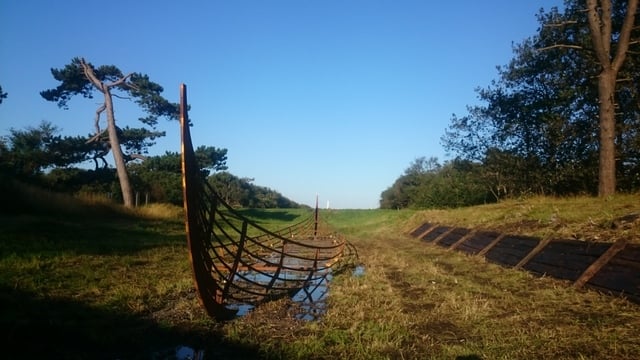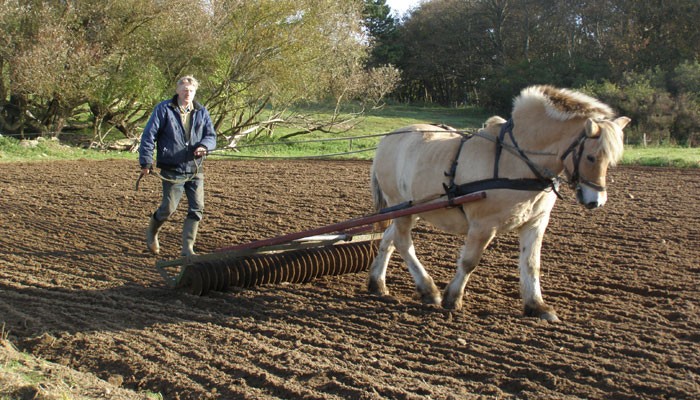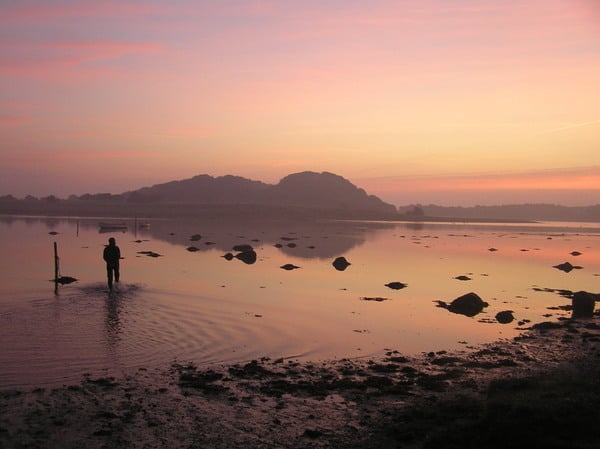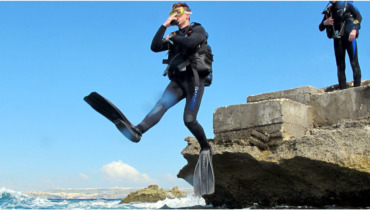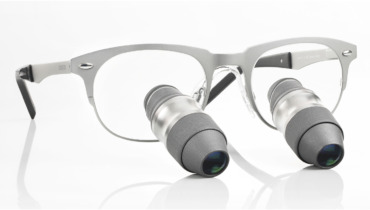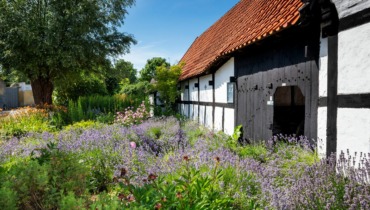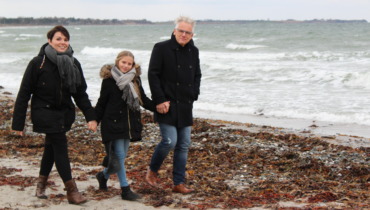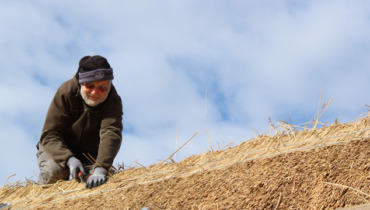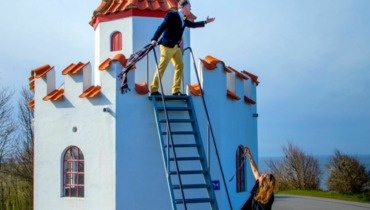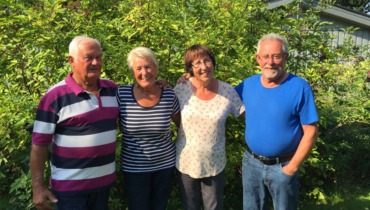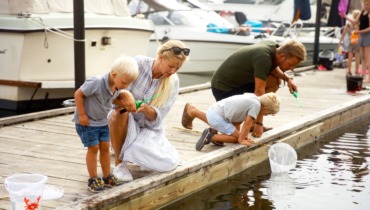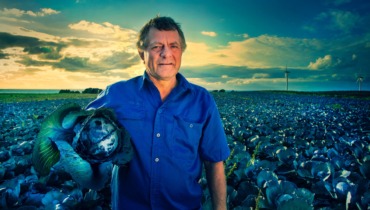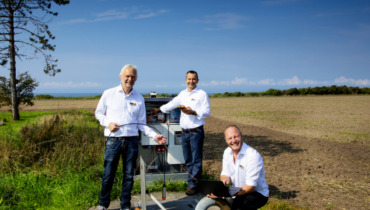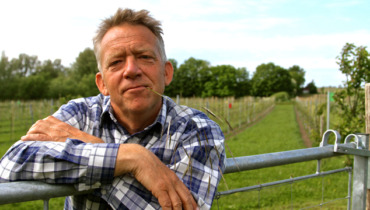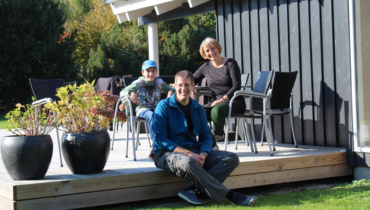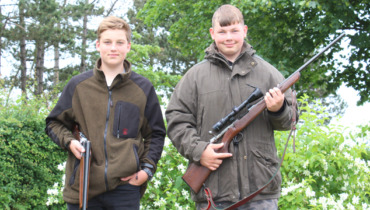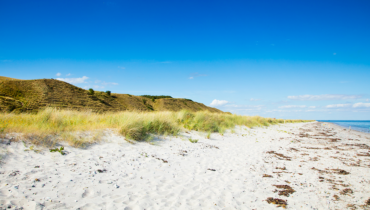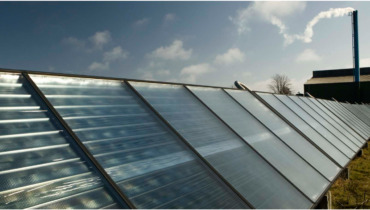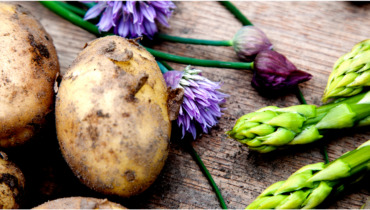Free land in the hands of a free man
Samsø was one of the first places in the country where smallholders organised themselves to fight for their own rights. The association became an important source of inspiration for the national legislative work that created completely new opportunities for the less privileged in the countryside.
By Naja Kjærgård Laursen, manager, Samsø Museum
In the first part of the 19th century, dissatisfaction stirred among smallholders and farm workers throughout Denmark. The dissatisfaction was due in part to the fact that the 18th century agricultural reforms had created better living conditions for the farm owners, but not for the smallholders. The smallholders were allotted the poorest land, which they did not own. And unlike the farm owners, they were still held in servitude by the landed gentry.
As a result, the homeowners on Samsø began to meet and discuss what could be done. The Samsø farm owners backed the smallholders, partly out of empathy and partly because it was feared that the strongest of the smallholders would otherwise leave the island to look for work in the cities – or perhaps even emigrate to the US – leaving the farm owners short on labour.
Samsø Husmands- og Arbejderforening was founded in 1888 as one of the earliest smallholding associations in Denmark. The association’s purpose was initially to create opportunities for joint procurement of, among other things, coal and seeds, to inform and enlighten through lectures and not least to assist in the event of illness and death.
A smallholder pioneer
One of the founders of the Samsø smallholders’ association was Christian Sørensen, born in 1842 in Østerby. He argued strongly for the smallholders to own their land instead of renting. He believed that owning one’s own land would not only ensure increased self-esteem among the smallholders but would also improve the cultivation of their plots.
Christian Sørensen’s wish was articulated in 1892 with the motto: “Free land in the hands of a free man.” At that time, there were about 400 tenant farmers on Samsø.
Christian Sørensen’s far-sighted ideas informed and influenced nationwide discussions about improving the conditions of the smallholders. Christian Sørensen’s visions helped to shape the Farmers’ Act of 1899, which led to establishing hundreds of small homesteads around the country, often supported by cheap government loans. The characteristic L-shaped farmhouses (statsmandsbrug) can still be seen in several places on Samsø – among others, at Bisgård Mark.
Visit a smallholding
On Samsø a single smallholding from the beginning of the twentieth century still stands, much as it looked in the 1930s. Husmandsstedet Fredensdal was donated to Samsø Museum in 1998, when the last owner, Eduard Kjeldmann, passed away. Here one can see the farm animals that small family farms typically owned including red Danish dairy cows, black-spotted pigs and Danish country chickens. The farmhouse stands much like it did in the 1930s apart from the two former bedrooms, which today have been made into a showroom. The exhibition features not only the full story of the Kjeldmann family, who built Fredensdal, but also the smallholding movement on Samsø. During the summer, Fredensdal is also the setting for a number of activities for the whole family.
What is a smallholder?
- A smallholder is, in the broadest sense, a man who lives in a house with or without land. The term smallholding means the smallest type of agricultural property we have in Denmark.
- Until the 20th century, the smallholdings were so small that a family could not make a living from farming. Most smallholders therefore had to work as day labourers on the larger farms or estates, or perhaps they also worked as carpenters, fishermen or blacksmiths.
- Until the middle of the 19th century, most smallholders were tenants or working in the service of the landed gentry but from the 1850s, smallholders began to organise themselves with a desire to raise their own standard of living.
- Read more about Fredensdal at www.samsoemuseum.dk
Last updated: 25/02/2021 11:39

